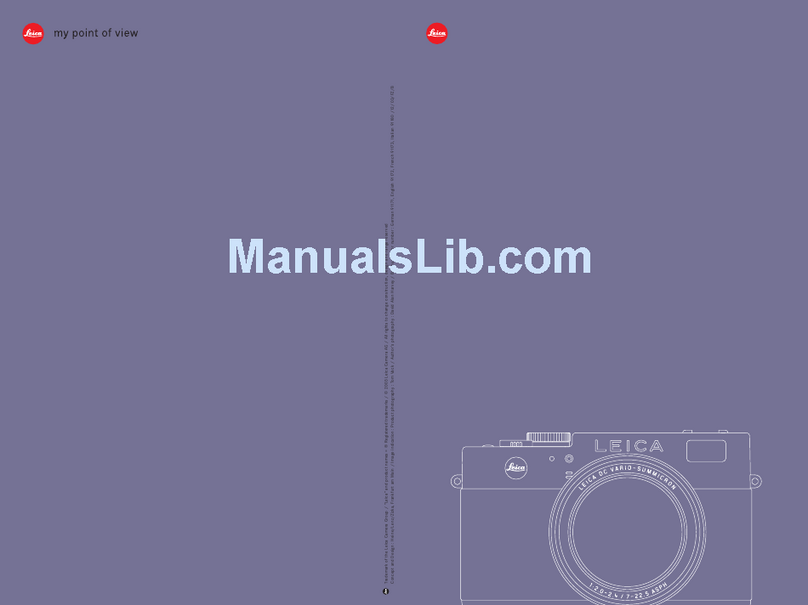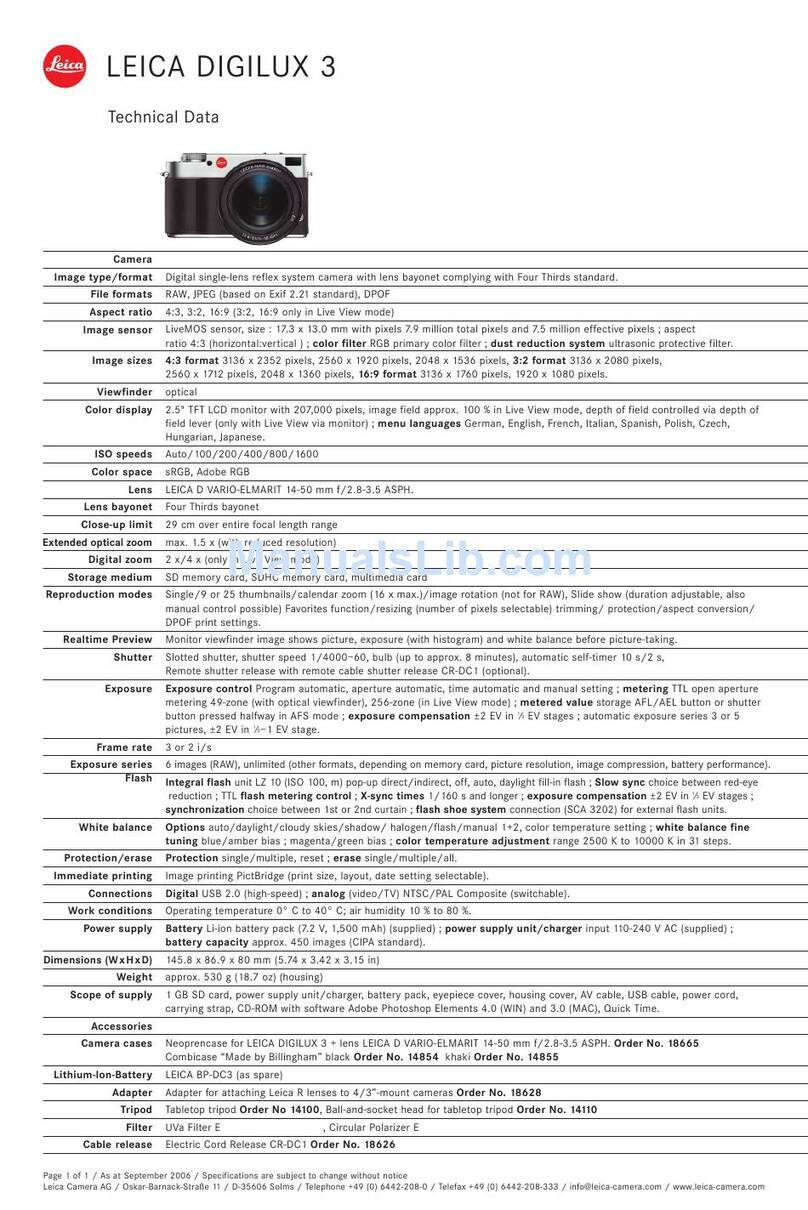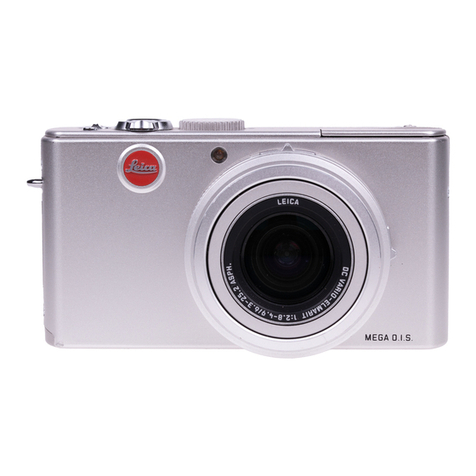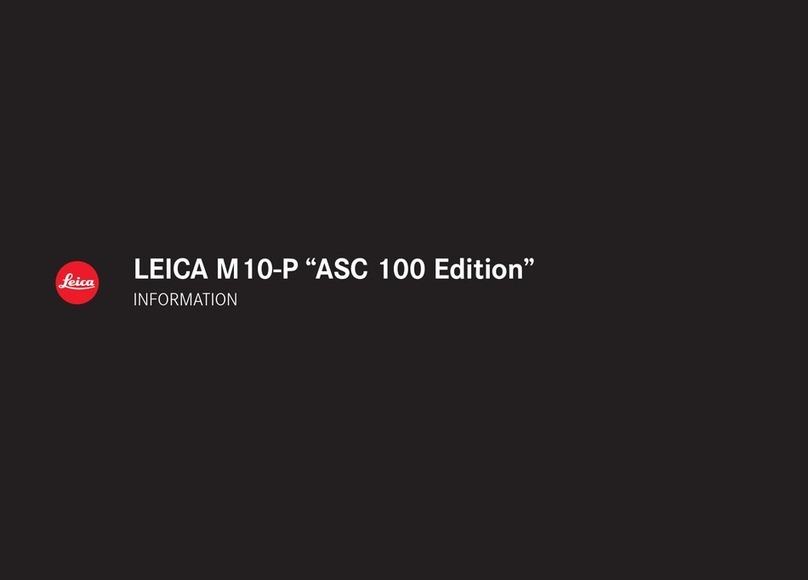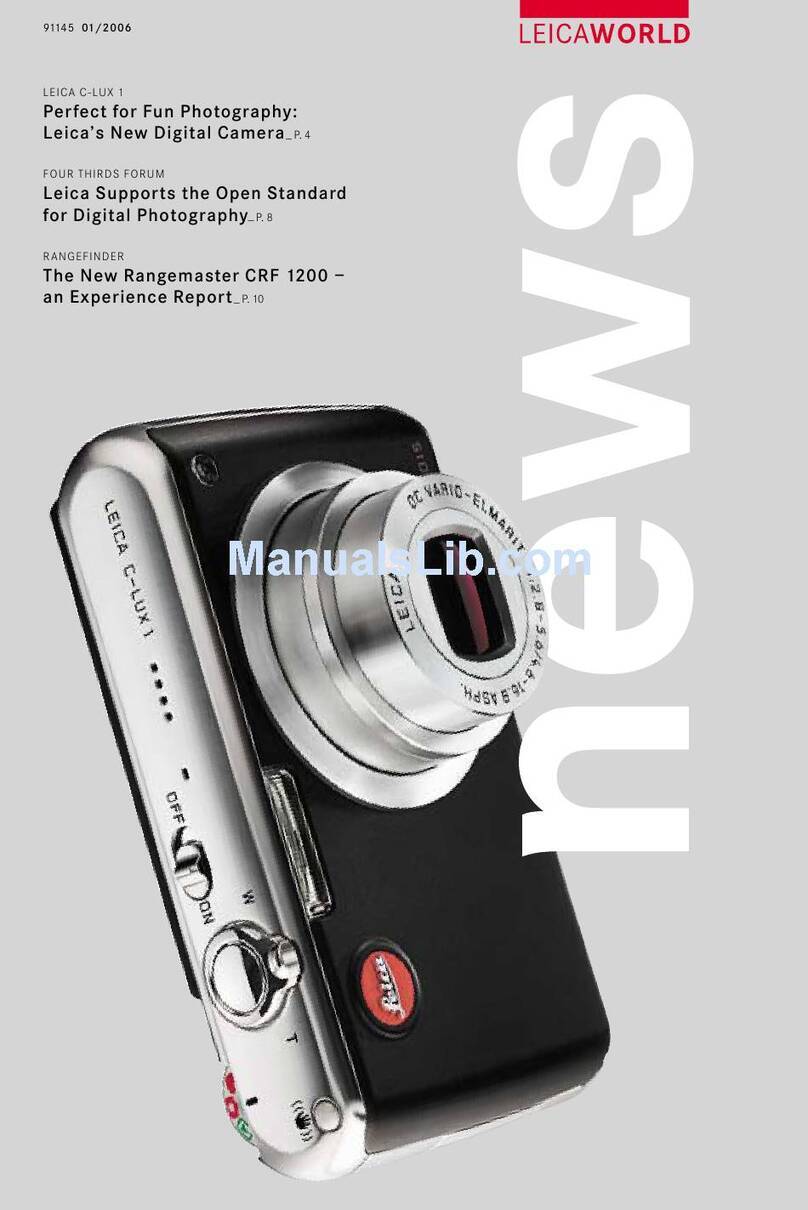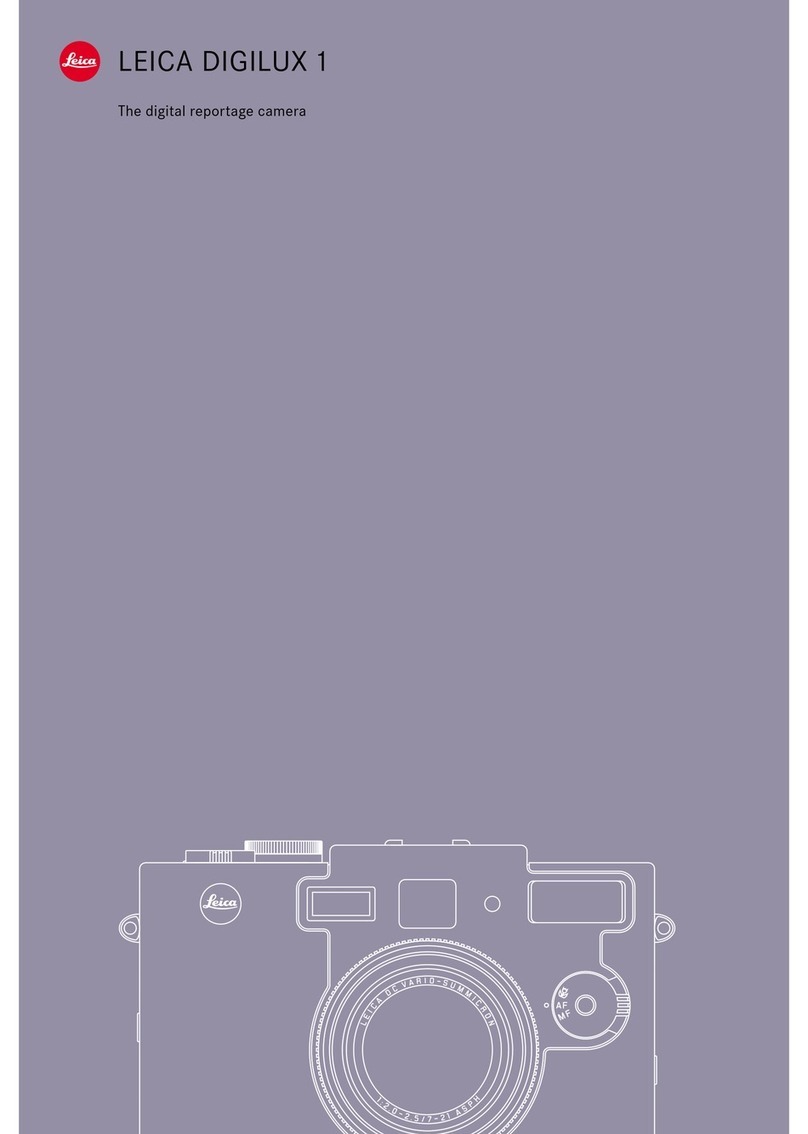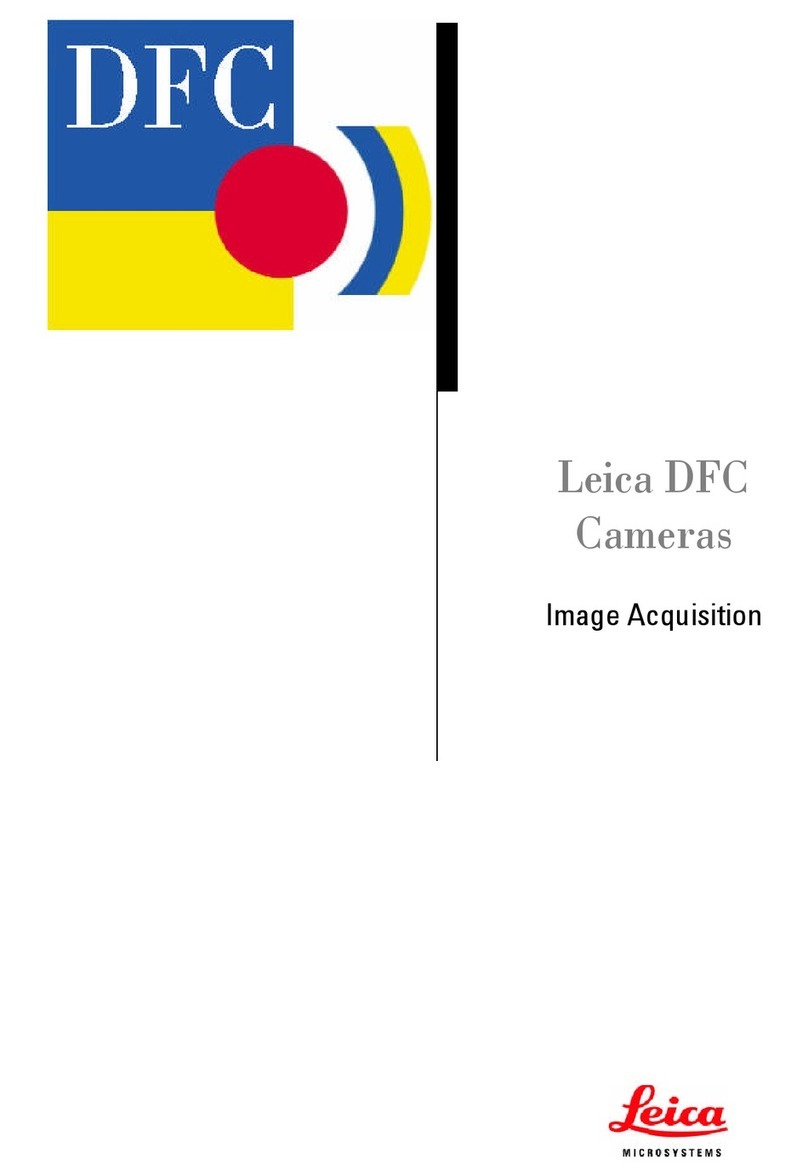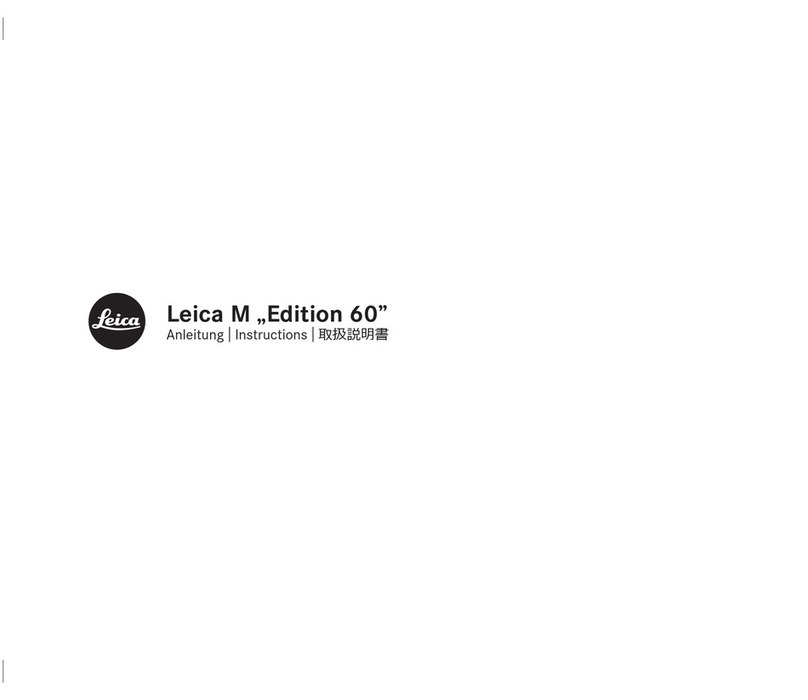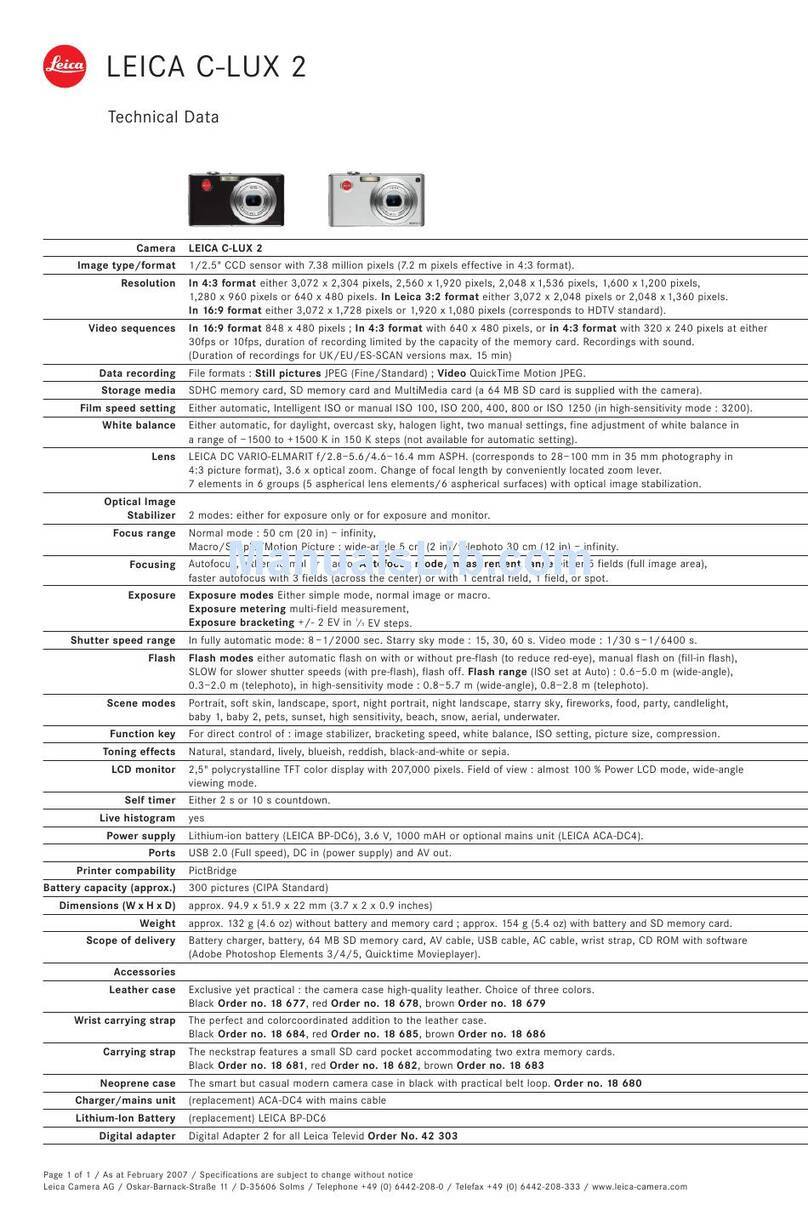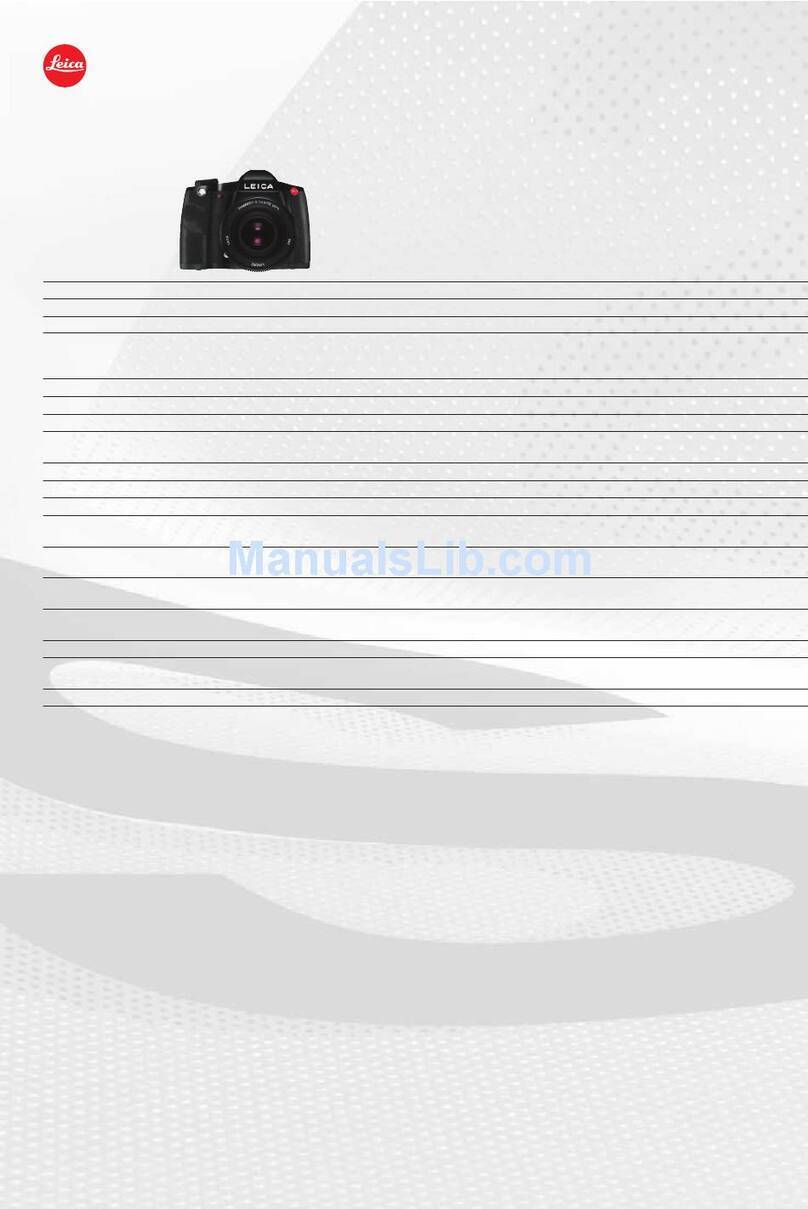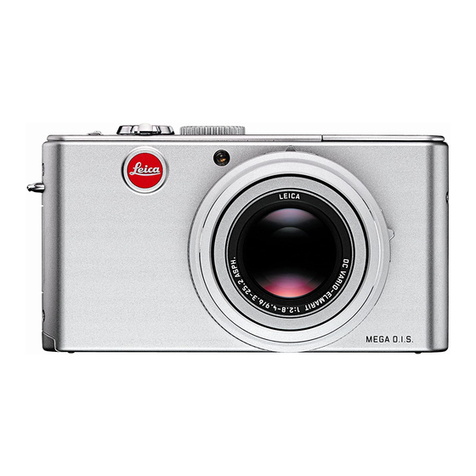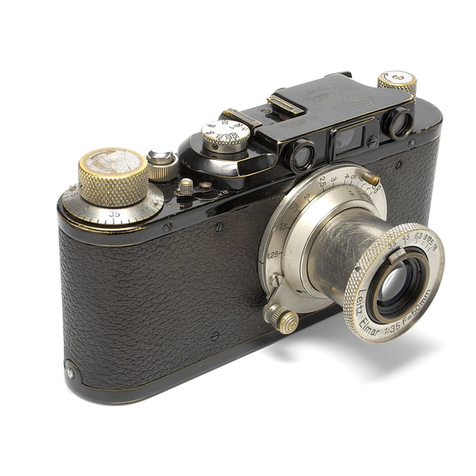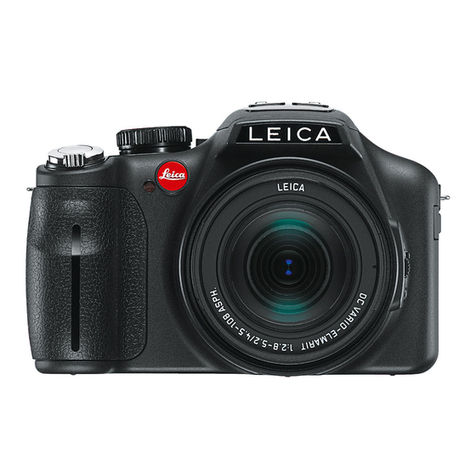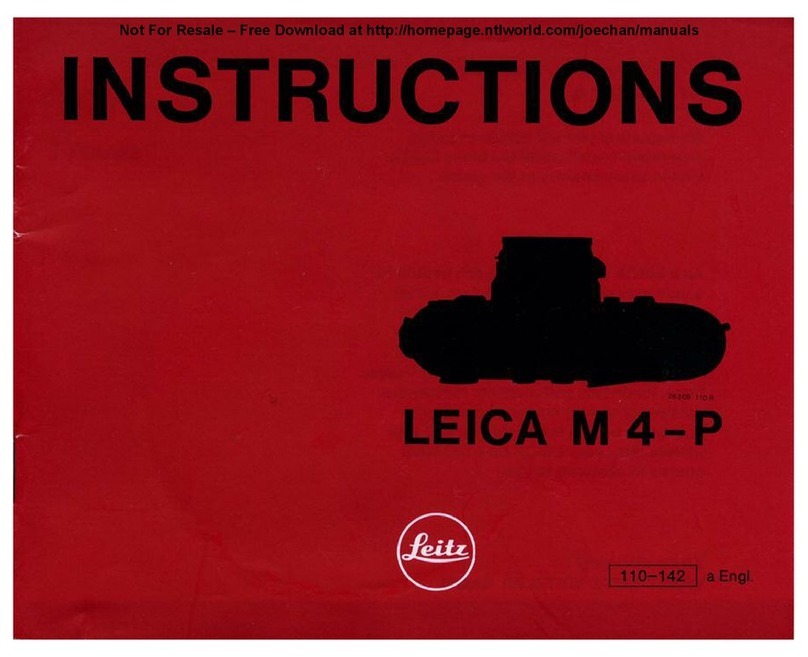
89
General information on flash exposure
metering and control............................................130
Compatible flash units.......................................130
Attaching the flash unit......................................131
Flash mode .......................................................131
Settings for camera-
controlled automatic flash mode.....................132
The flash exposure control displays in the
viewfinder with system-compatible flash units.132
In automatic flash mode .................................133
Flash unit set to computer control (
A
) or
manual mode (
M
) .......................................... 133
4FMFDUJOHUIFTZODTQFFE
the sync speed range .....................................134
Selecting the firing moment............................135
Additional functions
6TFSBQQMJDBUJPOTQFDJGJDQSPGJMFT....................136
Resetting all custom settings .............................137
Review mode....................................................... 138
Review for unlimited time - PLAY........................138
Automatic review of last
picture ..............................................................139
Normal review 3.2.............................................139
Review with histogram 3.3.................................140
Review with clipping indicators 3.4 ....................140
Clipping settings.............................................140
Review with additional function 3.5....................141
7JFXJOHPUIFSQJDUVSFT
"Scrolling" in the memory ..................................142
&OMBSHJOHTFMFDUJOHUIFUSJNNJOH
simultaneous viewing of several
reduced pictures ...............................................142
Deleting pictures.............................................. 143
1SPUFDUJOHQJDUVSFT
Clearing delete protection ................................ 144
Additional functions
Folder management ..........................................146
Formatting the memory card ............................147
Taking photographs with the self-timer...............147
Transferring data to a computer.........................148
USB connection ................................................148
With Windows®917JTUB®®....................... 148
With Mac®OS X (10.6)................................... 149
Using the camera as an external drive.............149
Using card readers ........................................ 150
Data structure on the memory card...................150
Working with DNG raw data...............................150
Installing firmware updates................................151
Miscellaneous
System accessories for the Leica M Monochrom
Interchangeable lenses......................................152
Filters................................................................152
Universal wide-angle viewfinder M .....................152
7JFXGJOEFSGPSNN .......................... 152
Mirror viewfinder M ......................................... 152
Viewfinder magnifier M 1.25x and 1.4x..............152
Flash units ....................................................... 153
Hand grip M ..................................................... 153
Corrective lenses ............................................. 153
Cases............................................................... 153
Spare parts..........................................................153
Precautions and care instructions
General precautionary measures ..........................154
Monitor............................................................ 155
Sensor ..............................................................155
Condensation................................................... 155
Care instructions
For the camera................................................. 155
For lenses ........................................................ 156
For the battery ................................................. 156
For the charger................................................. 157
For memory cards............................................ 157
Cleaning the sensor .............................................158
Storage............................................................... 159
Malfunctions and their resolution .........................160
Index ................................................................162
Technical data and descriptions............................164
Leica Academy.................................................... 167
Leica on the Internet............................................167
Leica Info Service................................................ 167
Leica Customer Service ...................................... 167

